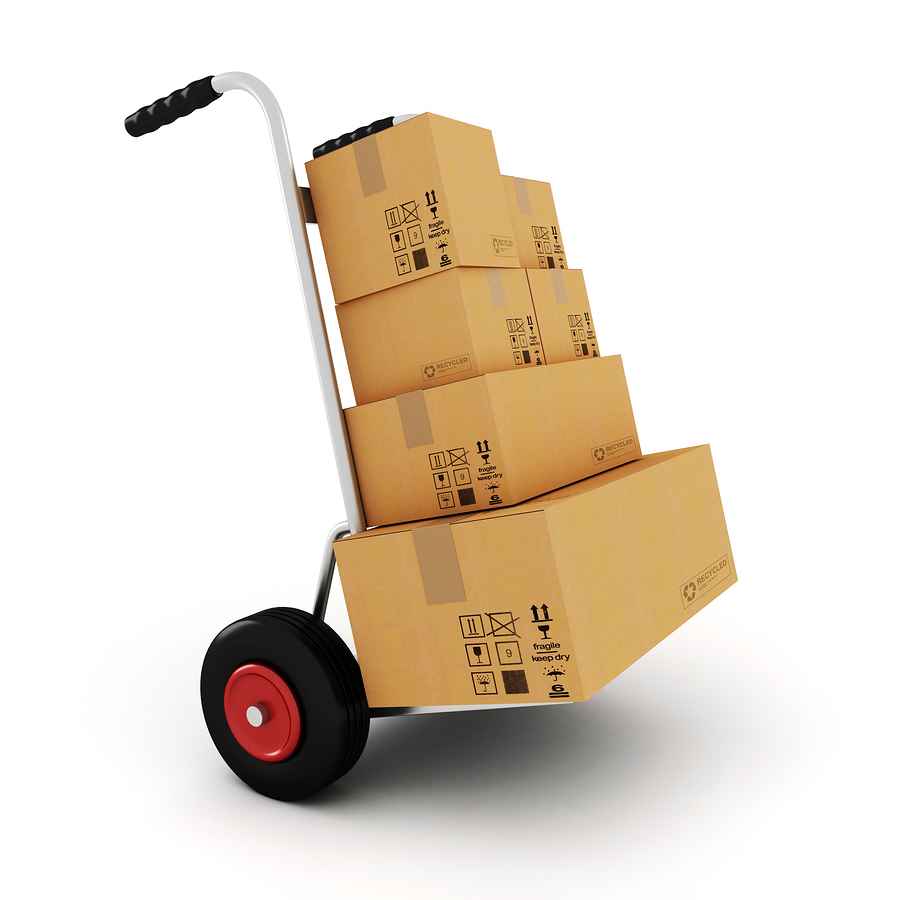Most new entrepreneurs are enamored with product ideas. “I have a new idea for a product,” “a service,” or increasingly, “an app.”
You hear this at cocktail parties all the time. When someone says they have a new business idea, they are almost always referring to a new product idea.
BUT, those who actually run businesses spend a huge amount of time worrying about things that go beyond on the product.
They worry about…distribution.
This topic came up when I was in Austin, Texas having breakfast with members of my Inner Circle mentorship program.
We were talking about what makes new startups successful. I argued that most new companies severely underestimate the importance of distribution.
Distribution is the method by which you will be able to reach your target customer, communicate with them, and ultimately sell to them.
Once you build and introduce a new product to the world, something terrible happens…
NOTHING
Products do not sell themselves. Target customers do not magically learn about your product.
It is much easier to create a product than it is to build a distribution channel to reach a market segment.
There are two kinds of distribution channels:
Direct vs. Indirect
A “direct” channel is when your company has a direct relationship with your customers.
You know their names. You have their credit cards on file. You have their mailing addresses, phone numbers, or email addresses.
This email that you’re reading is being sent via a direct distribution channel known as an email newsletter.
I have your email address. You’ve given me permission to communicate with you.
From time to time, I send you opportunities to buy products or services that I think would be a good fit for you.
Other forms of direct distribution channels include having your own retail stores, an outbound telemarketing center, eCommerce websites, direct mail catalogs, and television infomercials.
An “indirect” distribution channel is one where you sell your products or services through an intermediary.
For example, I use Amazon.com as an indirect distribution channel for my bookCase Interview Secrets.
When you buy my book from Amazon, Amazon has your contact information. They have your credit card on file. They know your shipping address.
I don’t receive any of that information as a result of that purchase transaction.
Other examples of indirect channels include:
- Selling your product through resellers (such as Coca-Cola selling Coke at Walmart);
- Selling your product with a value-added channel partner (such as Oracle selling software through Accenture IT consultants that offer a systems integration consulting engagement which includes Oracle software);
- Selling your product embedded in somebody else’s (such as Samsung mobile phone displays being sold as a part of an iPhone).
Choosing which category of distribution channel to use and which specific channel within each category is a profoundly strategic decision.
These decisions have major tradeoffs.
Indirect channels usually give you access to large groups of customers you have no means to reach directly.
For example, Amazon reaches far more potential buyers of books than I do through my website. This is a huge advantage.
However, indirect channels have a major tradeoff. While you benefit from market access, you trade off a direct relationship with the buyers.
This makes you highly dependent on the indirect channel and vulnerable if your indirect channel ever wants to bypass you.
For example, Amazon has identified its most popular selling products (manufactured by others that use Amazon as an indirect channel like I do) and has created their own in-house brand of products known as “Amazon Basics.”
As a consumer, I’ve purchased the Amazon Basics brand for iPhone cables, dinner plates, towels, and batteries.
There is no always right or wrong answer as to what distribution channel to use. Every choice you make around channels involves tradeoffs.
The only de-facto decision that’s always wrong is to have no distribution channel what-so-ever.
If you spend 100% of your time creating a great product, you’ve spent 0% of your time choosing or building a distribution channel.
The next time you hear someone (or yourself) talk about a great product idea, ask them what distribution channel they plan to use to get their product to market.
If the only response you get back is silence, that’s a serious problem.
Distribution. It’s important.
Thanks,
-Victor Cheng
Founder, CaseInterview.com
www.CaseInterview.com
![]()





